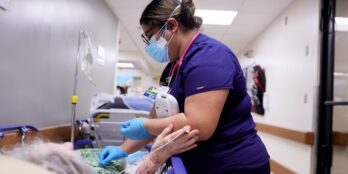
Why I Hate PDPM
 2 min
2 min
Payment changes always start a flurry of activity. There is planning, learning and then we dig deep into what it actually means. We need to understand how this will impact reimbursement, how this hits the bottom line, and we need to figure out how to maximize revenue. Right now, we are fixated on the payment part of the system. We did this when PPS started, and again with each iteration of RUGs. Now with PDPM, we are doing it again. Sadly, this means we aren’t focussing on the two most important words in PDPM: Patient Driven. We need to stop worrying about the payment model and zero in on it being patient driven.
We have spent years conditioning nurses and care aides to be really good at documenting for dollars and at the time, the dollars were in therapy. If you ask someone why a resident is in your building, they will probably say “they needed therapy”. We treated therapy as a diagnosis and not a modality. We drove tasks and processes around the capture of care to boost reimbursement – but we forgot the person in our person-centered care. Then along comes PDPM and what’s amazing is that this is what has brought us back to our main goal. It took a payment change for us to get back to being resident centered. It took a payment change to get us back to focusing on the characteristics of the person. It took a payment change for us to be patient driven. Who would have thought?
So, in the end, this change gives me hope for the future of post-acute care. This change gets us back to thinking closely about why residents are there and being able to focus on the “skilled” part of the nursing care we provide. It’s about time that good clinical practice mattered. Now, we can get back to the art and science of clinical care. PDPM gets us to look at a true interdisciplinary approach to care, where provision of one discipline over another isn’t favoured. When we focus on the needs, strengths, and preferences of each resident, with good old clinical care we are able to drive the outcomes we all want to achieve. Together, we work to help the resident achieve and sustain the goals they want to reach. I hate PDPM. I want us stop using the short form. We need to say it out loud each time, the “patient-driven payment model” because I don’t want us to forget what drives us to do what we do.
Learn more about PDPM and sign up for the PDPM confidence series on our website.
January 30, 2019





